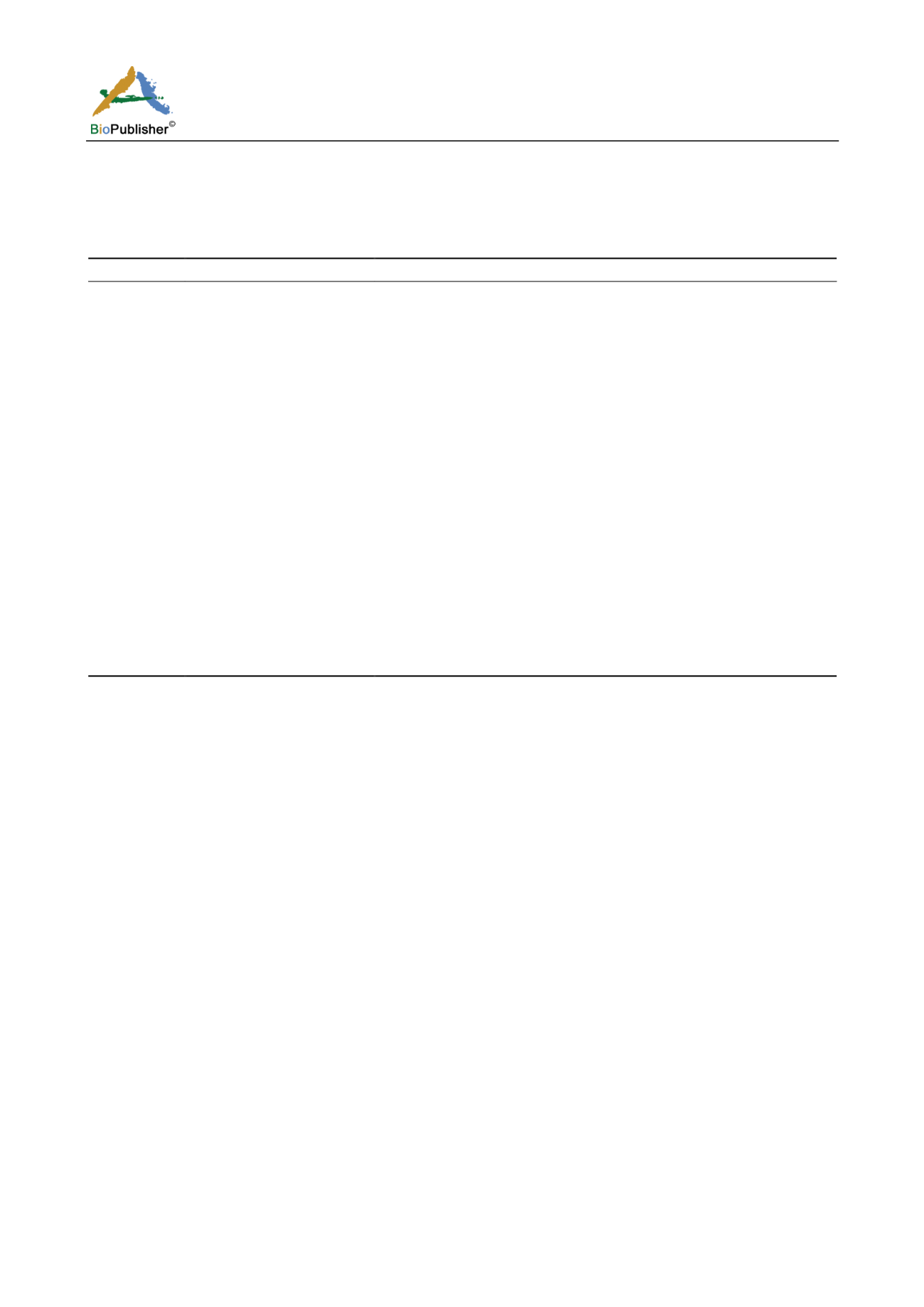
International Journal of Marine Science, 2017, Vol.7, No.16, 141-160
156
animal feed has adverse impacts, in human health it causes methmoglobinemia cancer (child cancer), respiratory
illness. In animal health, causes loss of livestock. Excess NO
3
-
pollute water causing eutrophication (Akter, 2012).
Effects on marine organisms produced by industrial discharged oil studied by Hossain (2011) (Table 21).
Table 21 Effects of pollutants on marine biota
Pollutants
Organisms
Effects
Discharged
Oil
Phytoplankton
Reduced Carbon fixation, cell photosynthesis and finally death.
Zooplankton
Clogged by the oil and sink to bottom
Mangrove vegetation
Mangrove swamps are highly vulnerable to oiling and oil residue.
Marine Mammals
Hampered on breeding.
May die from ingestion oil causing liver damage
Algae and sea weeds
Cell division is inhabited at oil concentration of 0.01ppm Sea weeds are clogged
and smothered by oil.
Eggs and larvae
At concentration of 0.01 ppm crude oil hatching of fish eggs is irregular, late and
deformed
At 1 ppm of oil creates abnormal development of young lobsters
Fish and shellfish
Locking of gills of fishes
Retardation of growth
Reduction by defence
Benthos
Oil residues as tar balls creates acute toxic condition at the bottom
Aromatic hydrocarbons cause pronounced mortality to the burrowing organisms
Sea birds
Reduction of flying capacity due to excessive mixing oil with feather
Loss of buoyancy of birds
Reduction of shell thickness of eggs
Loss of breeding capacity
Note: Source: Hossain (2011)
5 Conclusion
From the critical review, it can be concluded that the Karnafully river water is being polluted gradually by
haphazard and unplanned industrialization. Polluted water exacerbating the health problems both in human and
fish posing different fatal and chronic diseases. This review also proved that, industrial area are severely polluted
than non-industrial area. This review suggested that to protect the aquatic ecosystem by eco-friendly and planned
industrial growth.
Authors’ contributions
Md. Simul Bhuyan designed and conducted the review. Md. Shafiqul Islam provided instructions and performed critical review of the
manuscript.
Acknowledgments
The authors are grateful to the Biodiversity, Environment, Climate Change and Risk Assessment Research Laboratory, Institute of
Marine Sciences and Fisheries, University of Chittagong which has the major contributions to conduct this research. Special thanks
to Abu Sayeed Muhammad Sharif (Bangladesh Oceanographic Research Institute, Cox’s Bazar, Bangladesh), Muhammad Abu Bakar
(Bangladesh Council of Scientific and Industrial Research, Chittagong, Bangladesh) and Mir Mohammad Ali (WorldFish,
Bangladesh) for their continuous inspirations during the research. Special thanks extended to Mr. Md. Fazlur Rahman (Librarian,
Institute of Marine Sciences and Fisheries, University of Chittagong) for his incessant support with books, term papers and thesis
materials. Conveying heartfelt thanks to my family for continuous support and inspiarition.
References
ADB, 2004, Institutional strengthening of Chittagong Port Authority in environmental management, Volume 2, pp.177
Ahmed M.J., Haque M.R., Ahsan A., Siraj S., Bhuiyan M.H.R., Bhattacharjee S.C., and Islam S., 2010, Physicochemical Assessment of Surface and
Groundwater Quality of the Greater Chittagong Region of Bangladesh, Pakistan Journal of Analytical & Environmental Chemistry, 11: 1-11
Ahmed R., 2006, An investigation of residual petroleum hydrocarbon pollution in water at some selected point in Karnafully River, Chittagong, Bangladesh,
M.Sc. Thesis, Institute of Marine Science and Fisheries, University of Chittagong, Bangladesh


